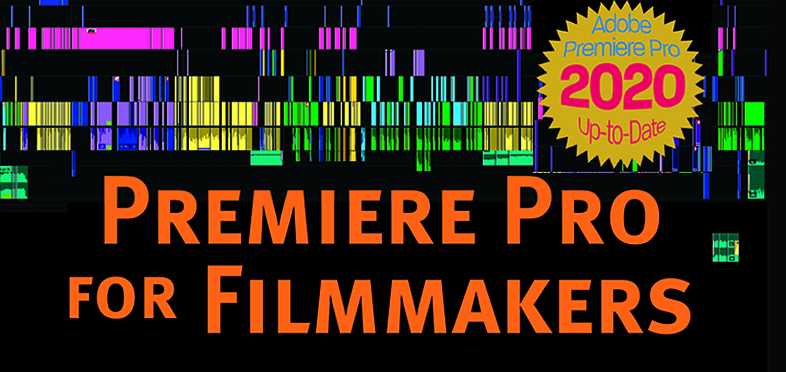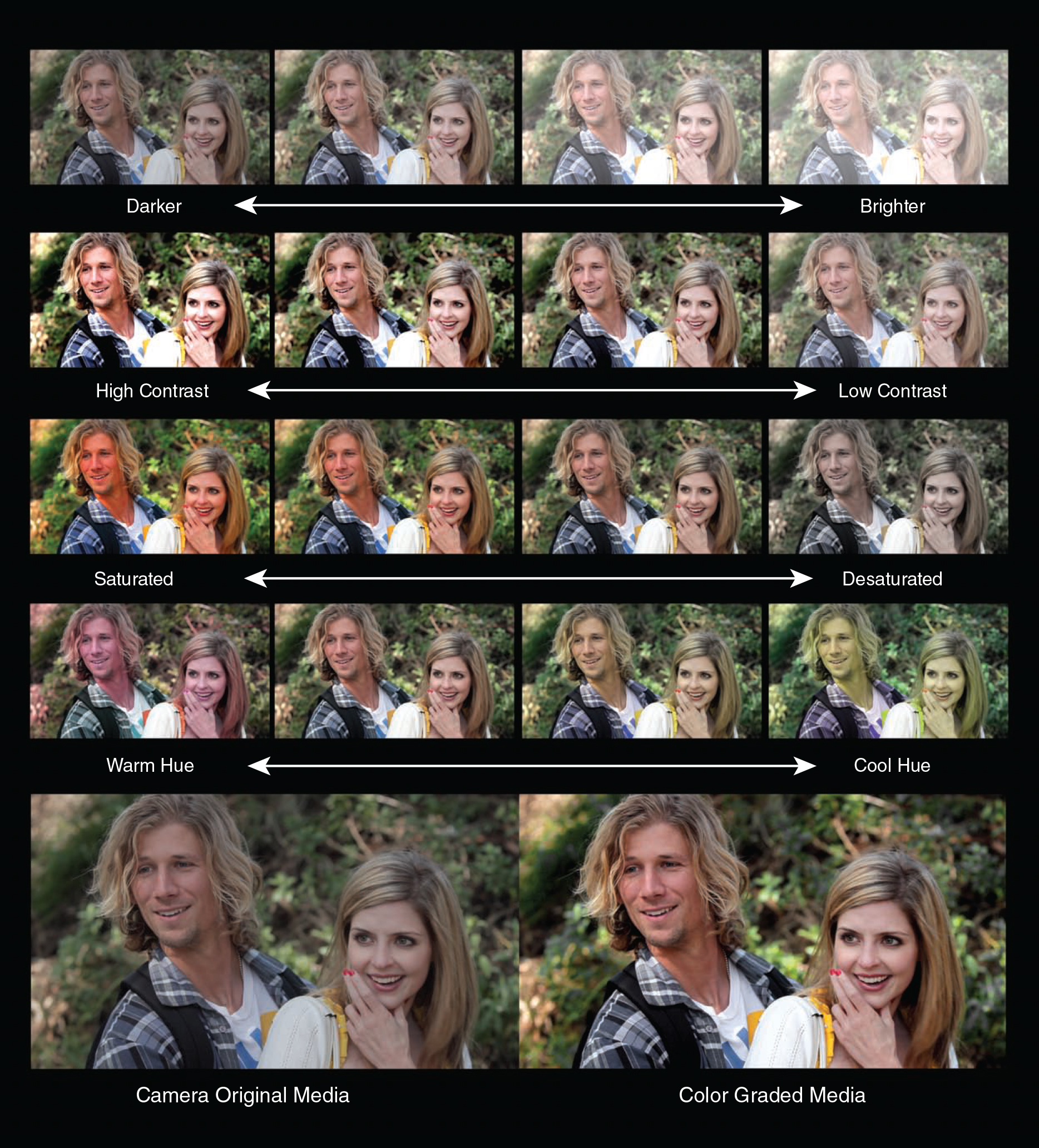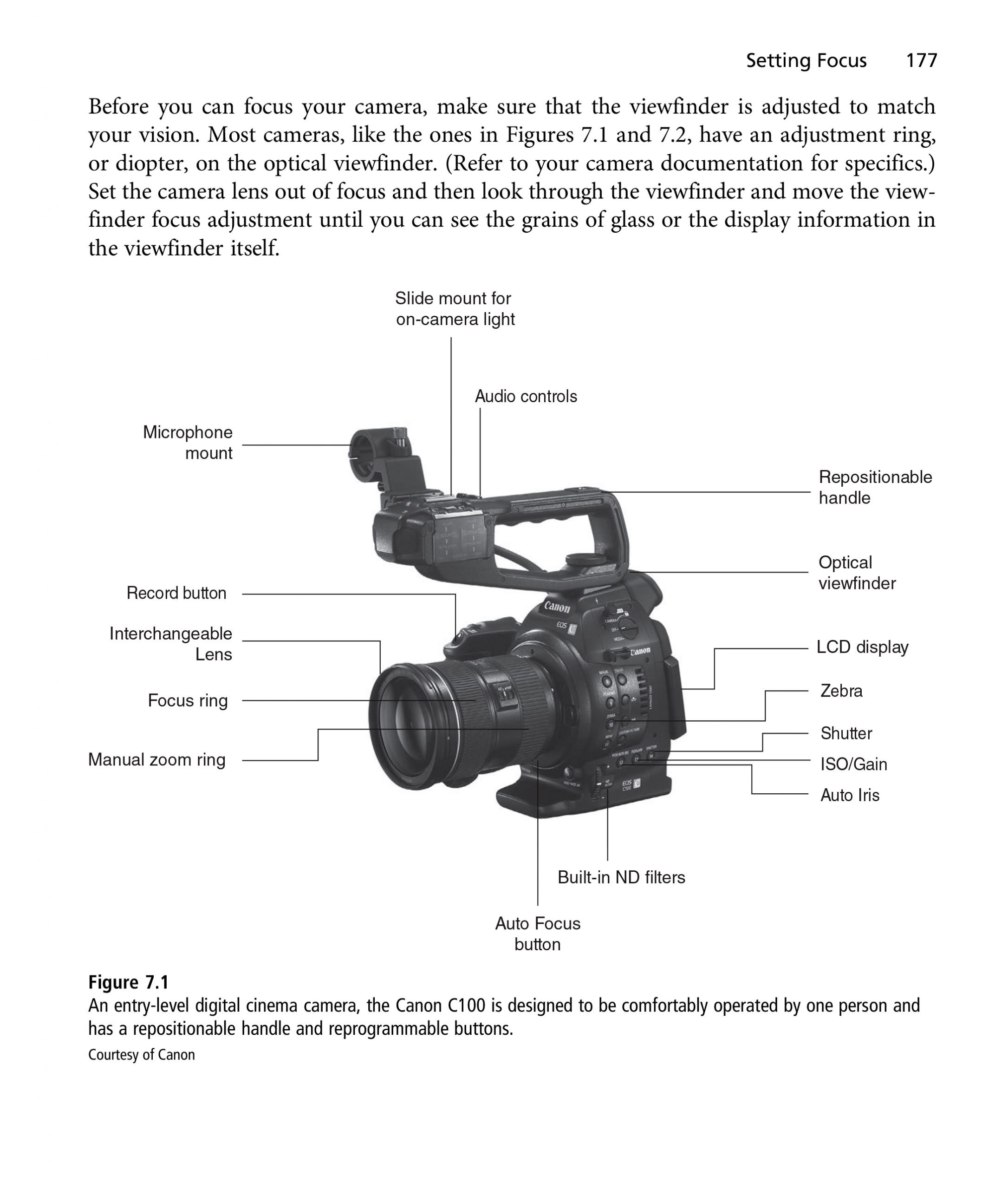
From the introduction to The Digital Filmmaking Handbook:
Digital video is everywhere these days—on your television, your computer, your game console, and your smart phone. And the ways to acquire it abound, too: camcorders, cell phones, drones, 360 VR rigs, built-in cameras on your computer, and point-and-shoot cameras that just happen to record 4K. What used to be the rarified territory of “film geeks” is now the norm. There’s a reason for that. The fact is that the collaboration, imagination, and work involved in crafting even a short film are extremely enjoyable. Digital video technology makes it possible to make films for fun. And with web-based distribution, you no longer have to be a hobbyist filmmaker with no audience. You can actually present your finished work to the world for practically zero cost.
This book will teach you everything you need to know, whether your aim is to create a feature-length movie with the hope of screening in a theater, an industrial or corporate production, or a short film or music video simply for your own enjoyment. This book is meant to be both a start-to-finish production guide and a reference for learning more about particular tasks. For more experienced users, we’ve included details on the latest technologies and strategies for refining a digital workflow to reduce your production costs and to enhance creativity. From sophisticated shot design to cutting-edge graphics, The Digital Filmmaking Handbook will show you how to create images and effects that are rarely associated with low-budget productions. For serious beginning filmmakers, this book provides a wide overview of the entire process of making a movie from the very first steps of writing a screenplay to shooting to the final screening.
Full-blown video production is a huge affair that involves many different arts, crafts, and sciences. No single volume can address the tremendous amount of training and expertise that is required to master all of these disciplines. However, we have tried to fill you in on the questions you need to ask, and the major problems and issues you will have to solve at each stage of your production. So even though this book doesn’t cover, for example, 3D animation, our postproduction chapters should at least bring you up to speed on the issues you can expect to face when trying to create visual effects. These questions should help you interface better with the artisans and craftspeople who do have the skills for these various disciplines and point you in the direction of further self-education if that’s your intention.
Whether your goal is an industrial project, a short subject for your website, or a feature length movie for a film festival, The Digital Filmmaking Handbook, contains everything you need to know to make your movies.
-Sonja Schenk and Ben Long


